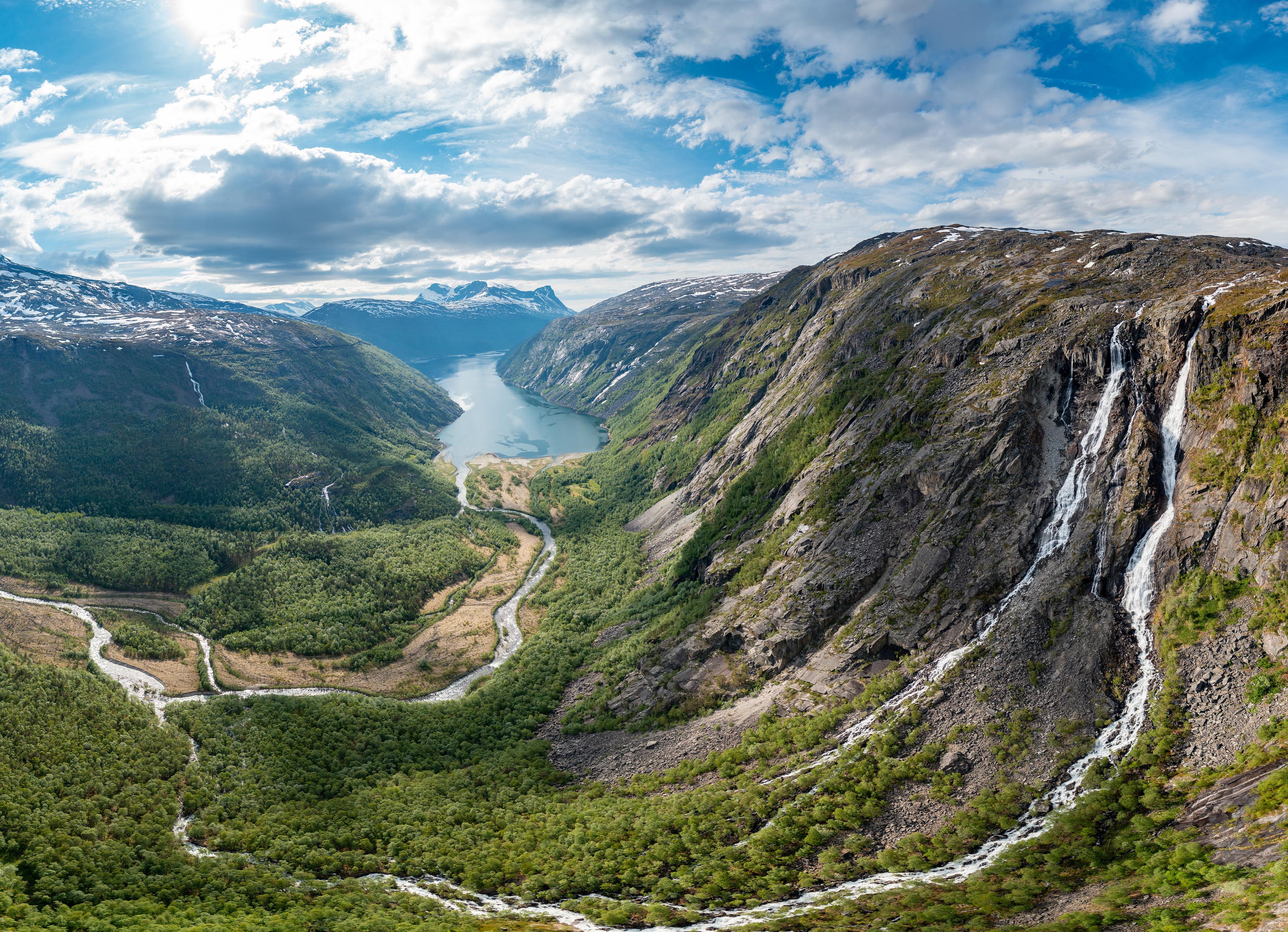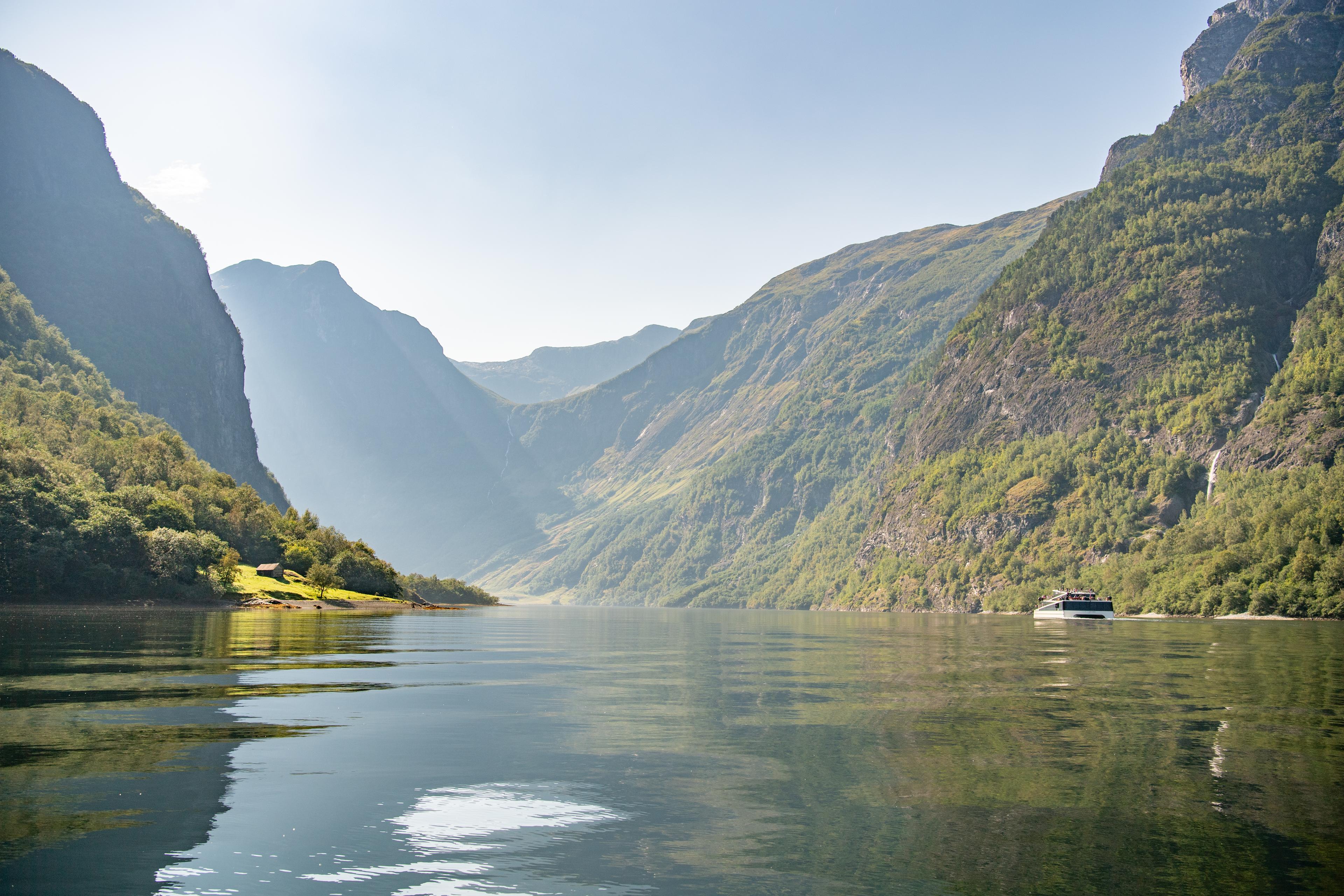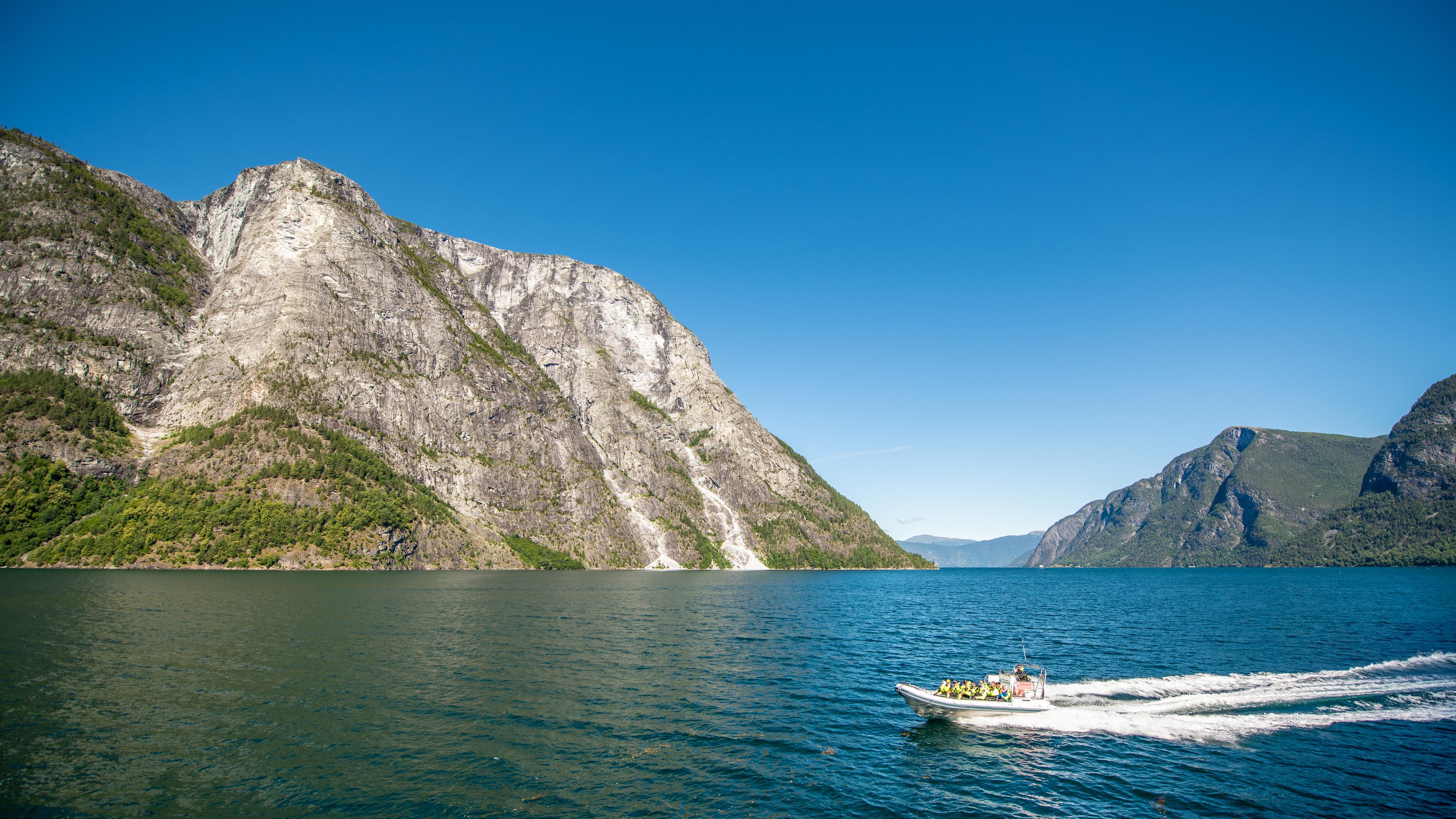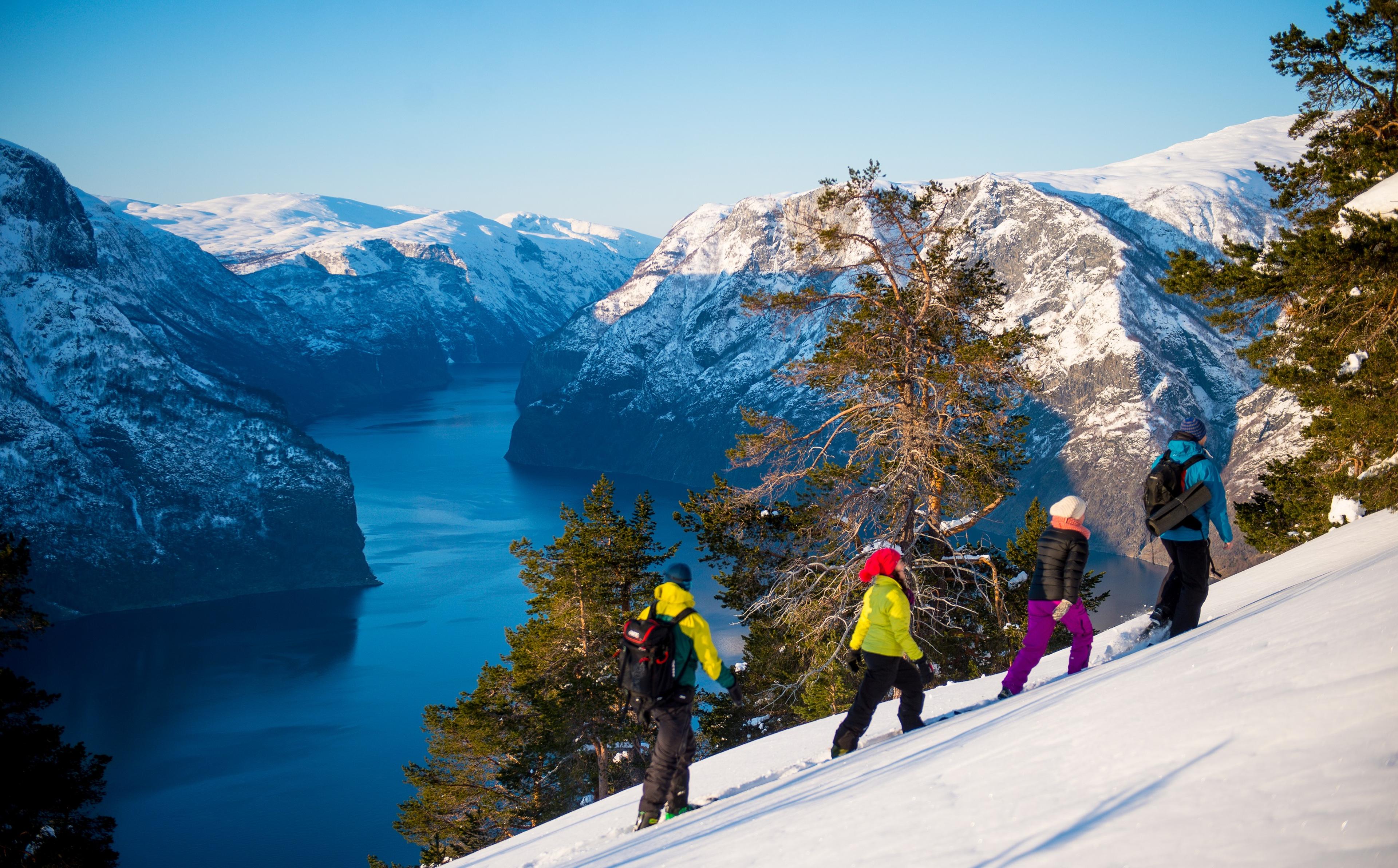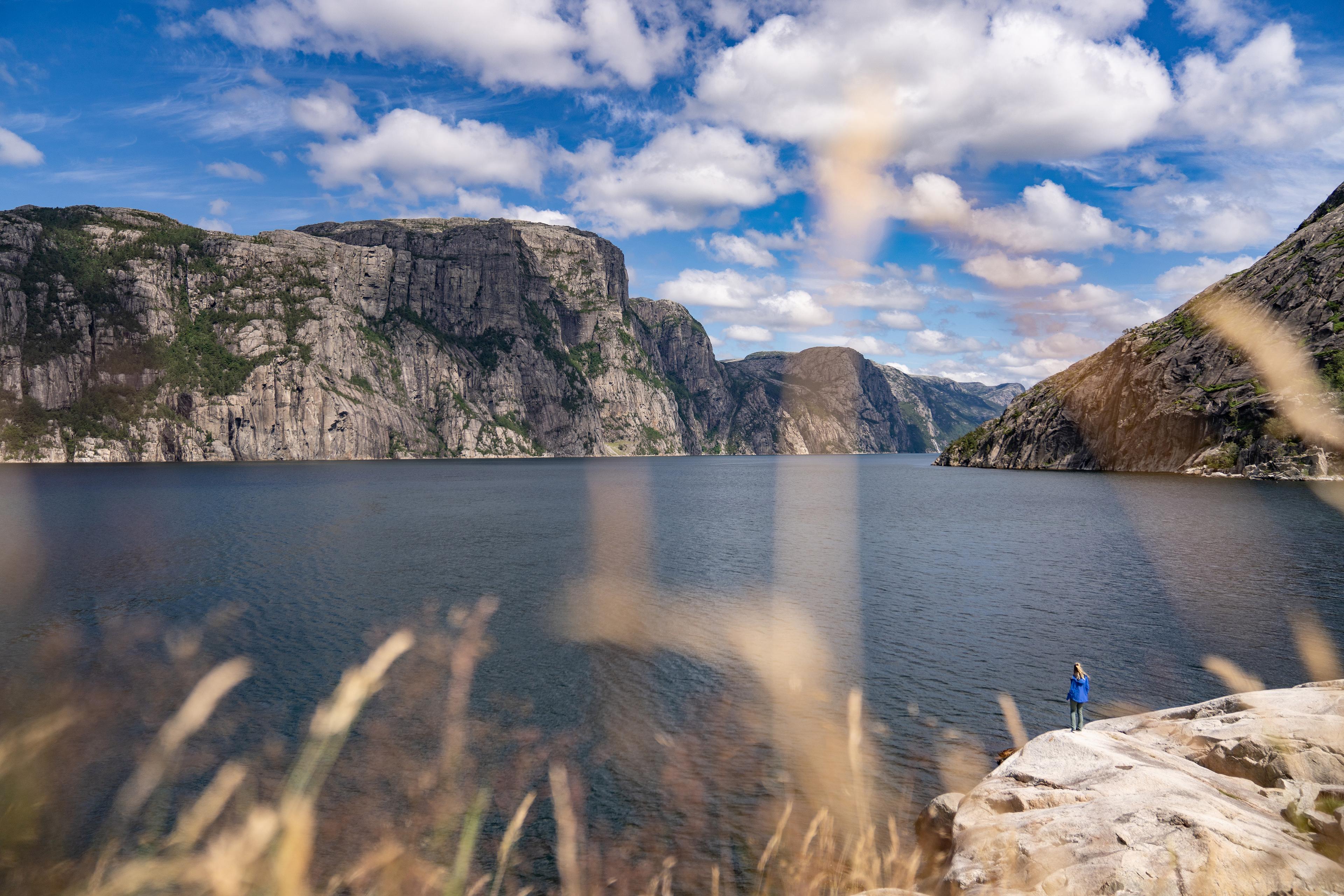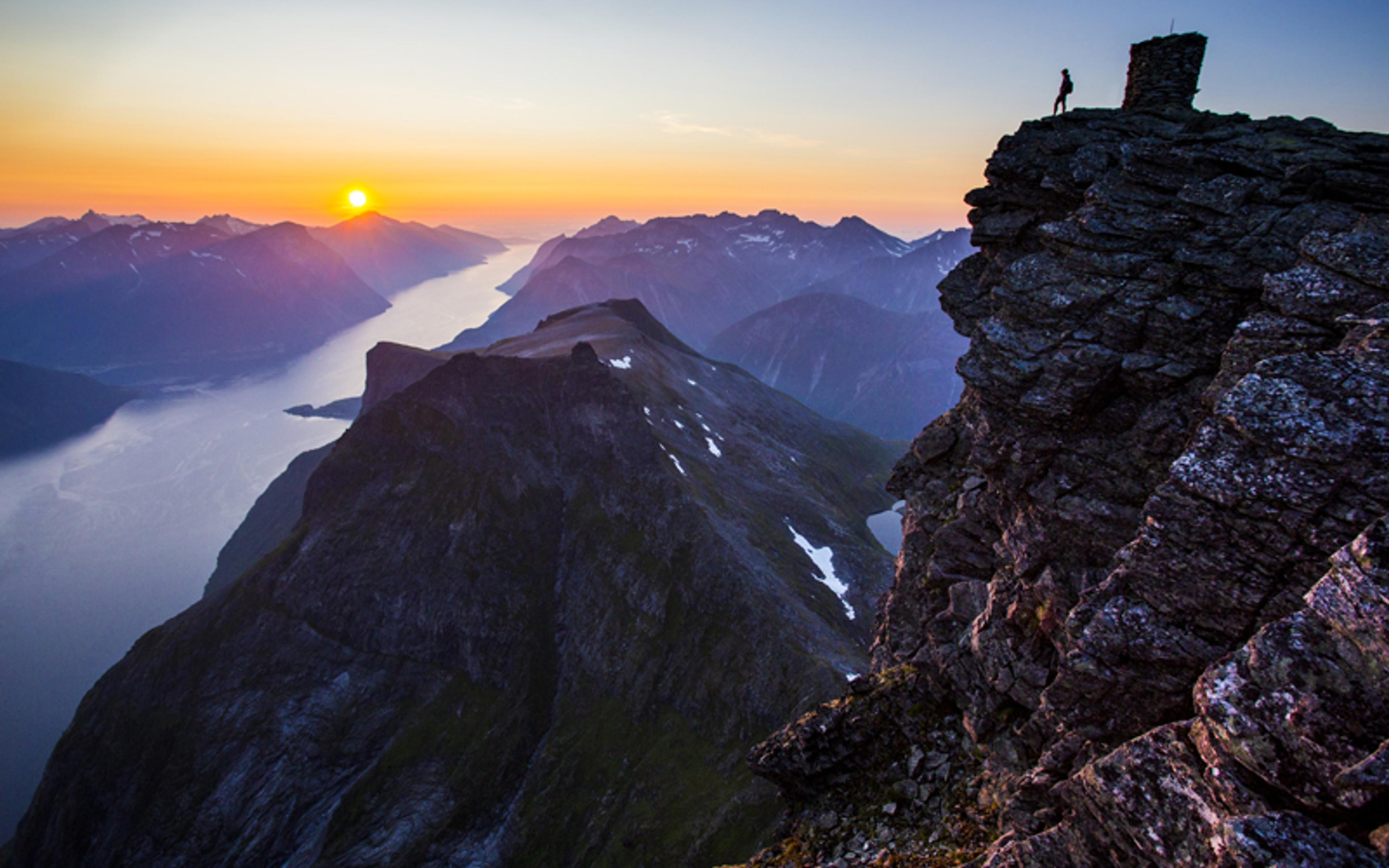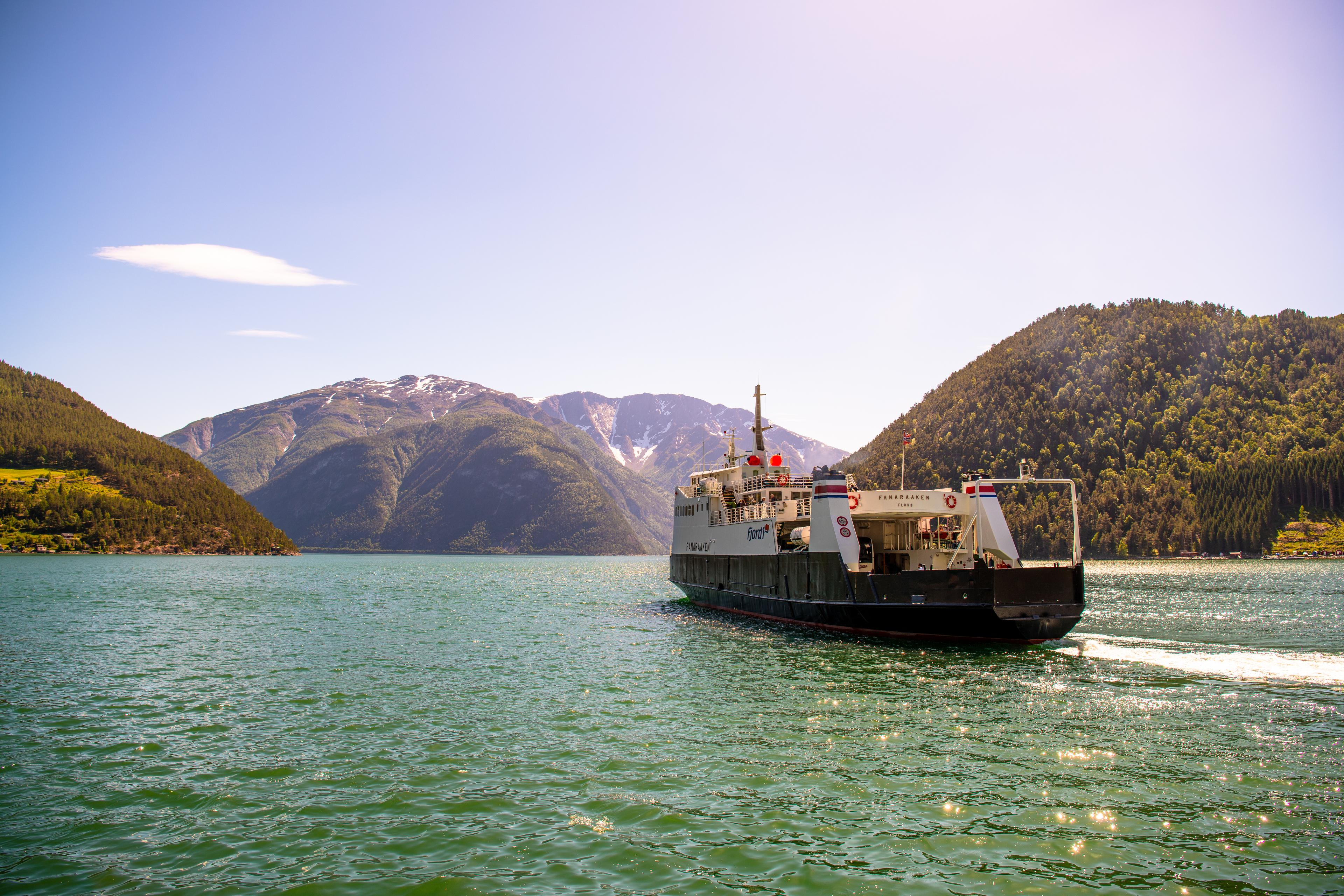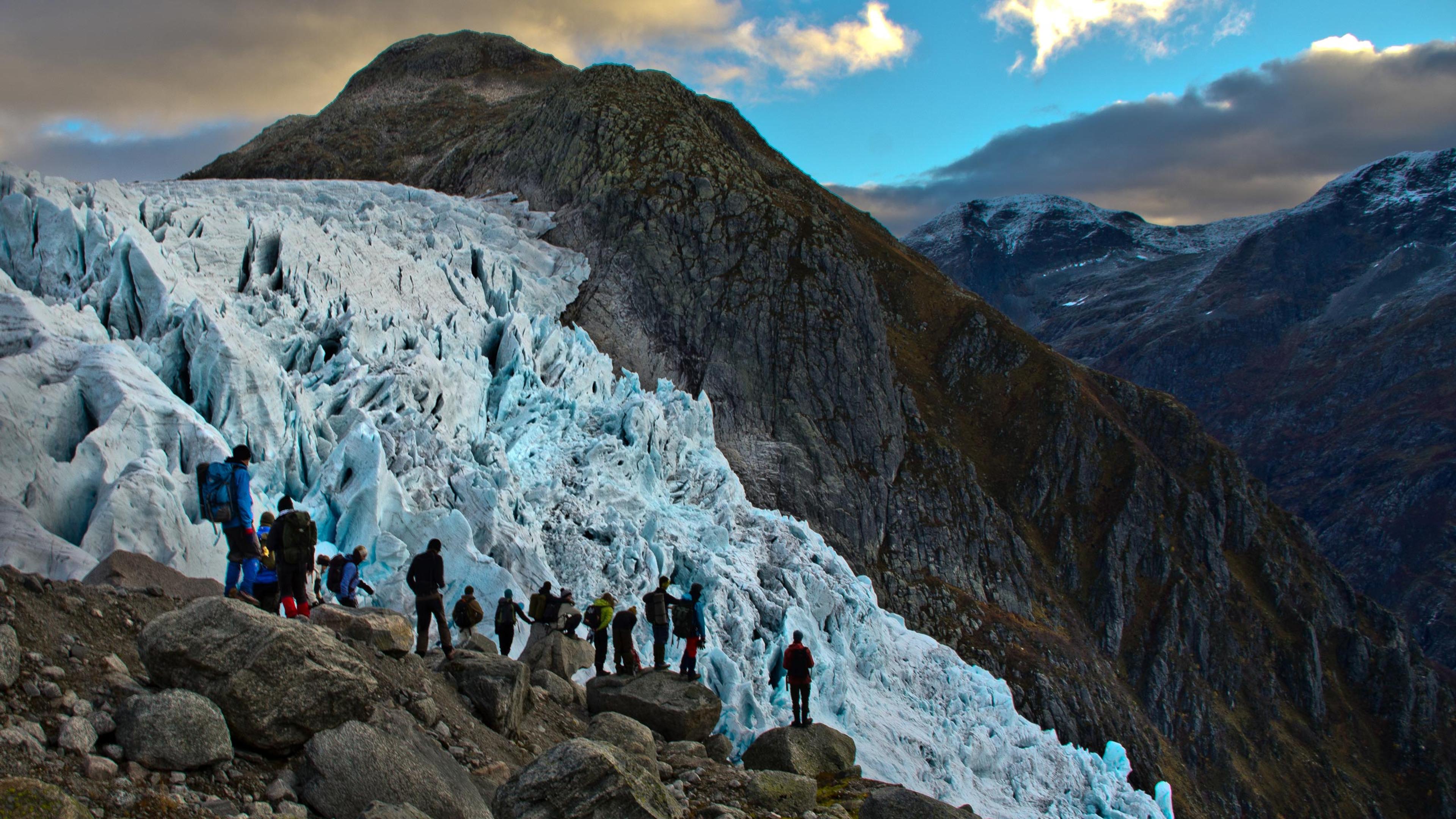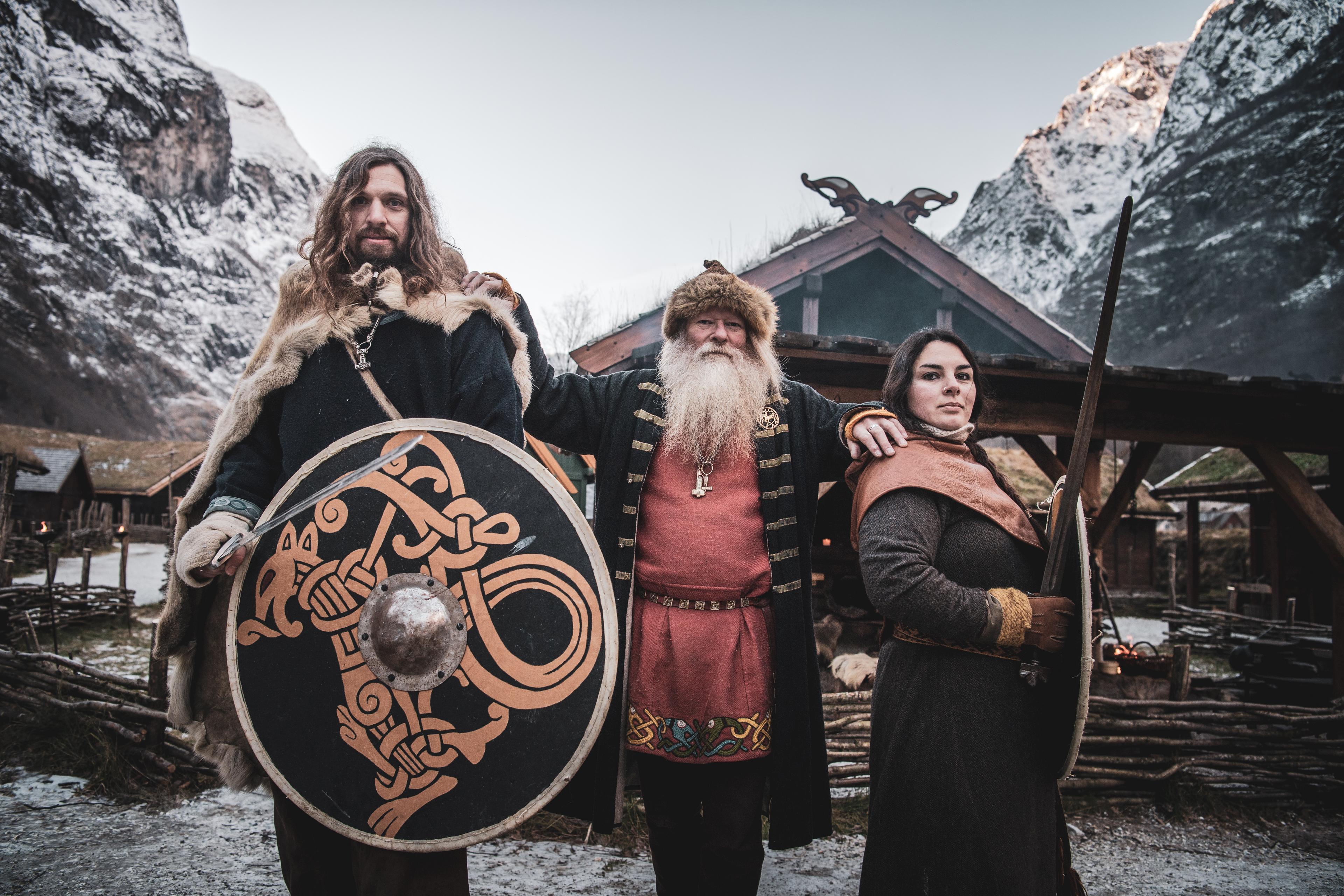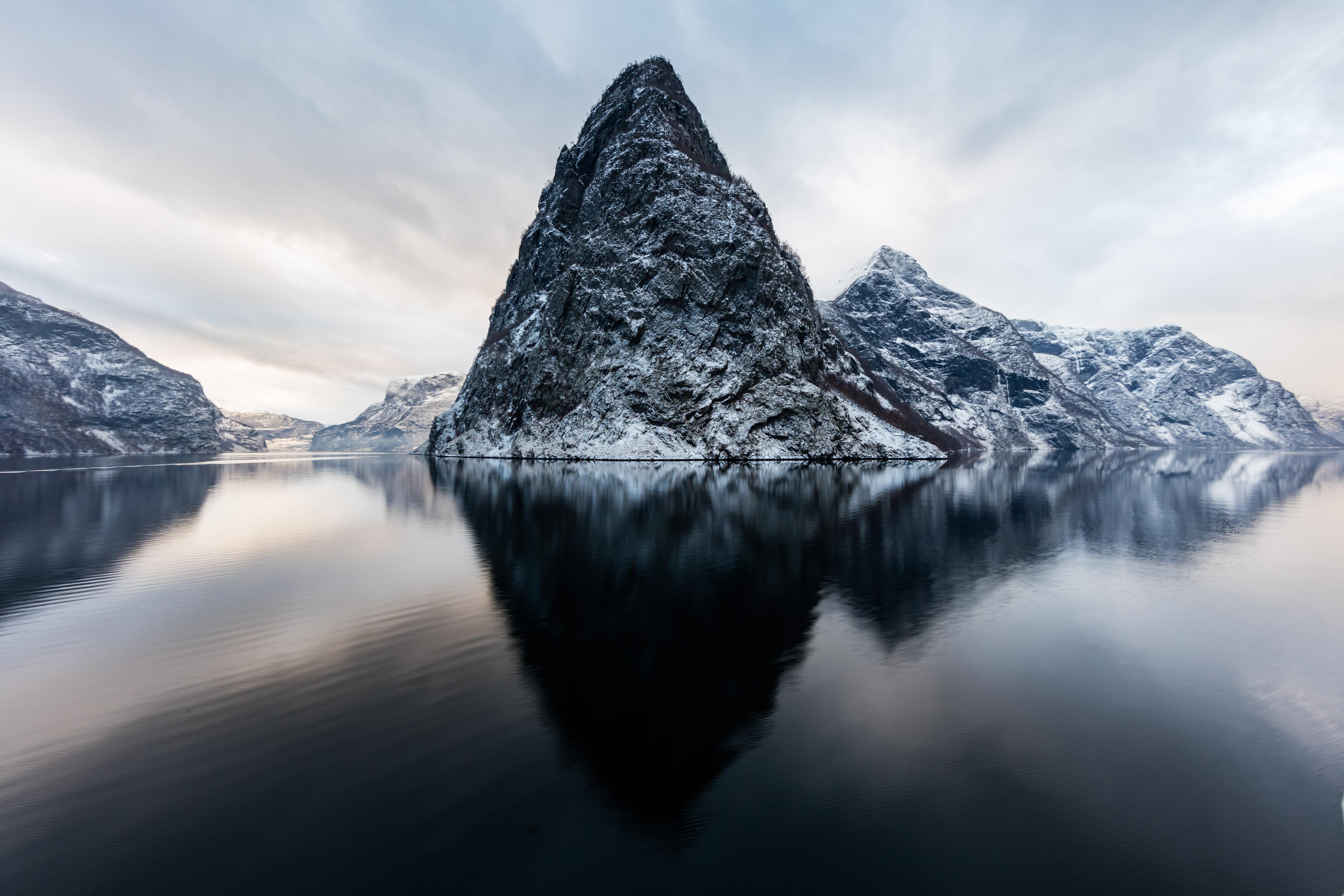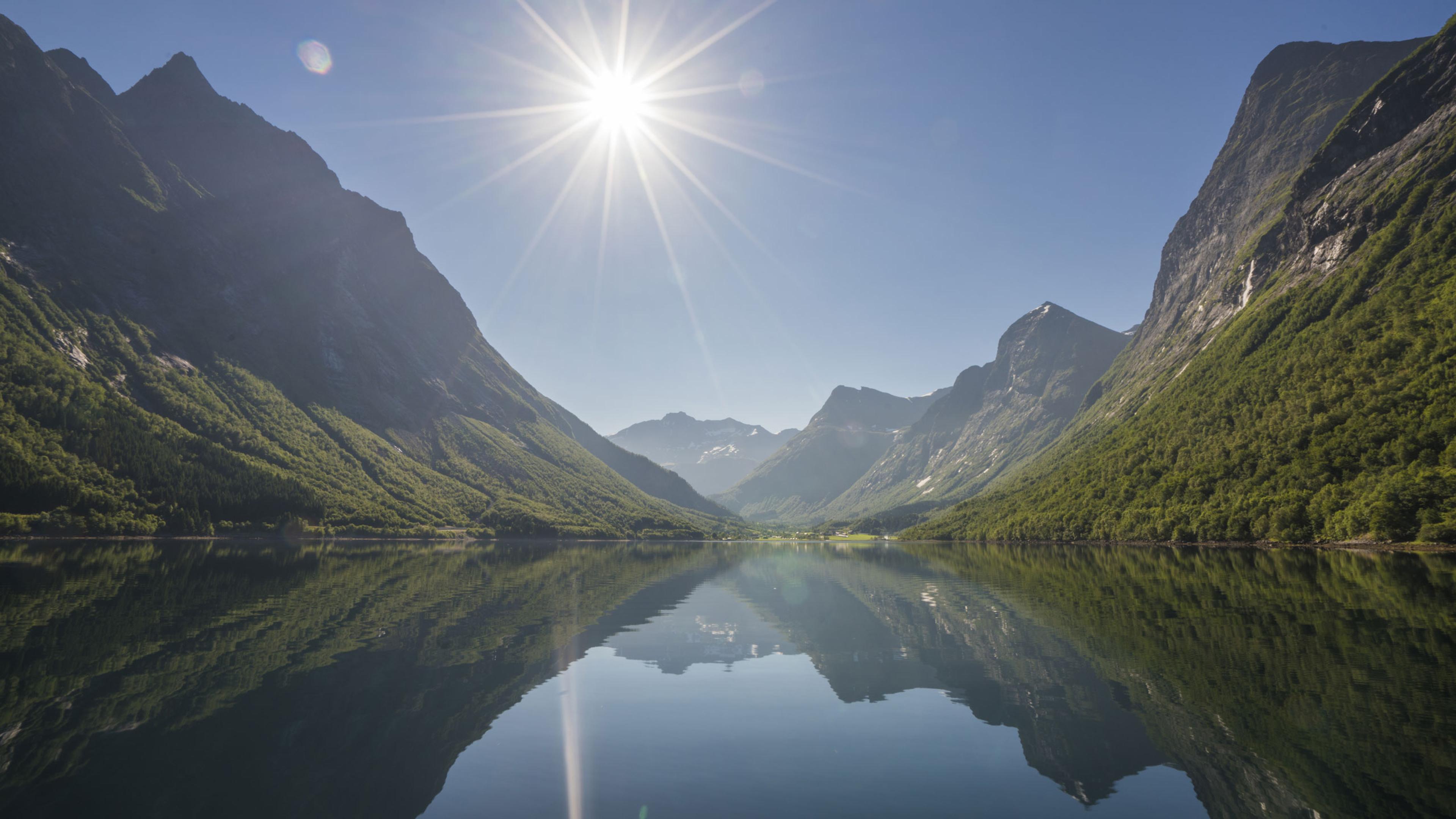Viking relics
The Viking Age lasted from around 800 to 1066. In this relatively short period of time, the Vikings managed to leave their mark not only on Norwegian culture, but in Europe too. They are probably best known for warring and looting, as portrayed by “The Vikings” TV series, but the Vikings were just as occupied with trading.
Thanks to their highly efficient vessels and a large helping of courage, not to mention an adventurous spirit, the Vikings actually got as far as Byzantium (modern day Istanbul, Turkey) and traded with the Baghdad caliphate.
Many of them also settled in France, Scotland and Ireland. Others emigrated to Iceland, and Leiv Eiriksson established a settlement on a previously unknown continent when he discovered America around the year 1000.
The Vikings brought back not only riches and slaves with them to Norway, but also Christianity. After the conversion of Norway to Christianity, which began around the year 1000, a number of beautiful and intricate stave churches were built from timber. Some of these are still standing, and three stave churches can be found along Sognefjord: Urnes, Kaupanger and Hopperstad.
The most famous of these is Urnes Stave Church, which is situated at Ornes farm on the shore of Lustrafjord.
Head back in time to the Viking Age
Along the fjords, you will find evidence of trade and settlements. The place names which originate from the Old Norse language, such as Kaupanger, Solvorn and Gudvangen, reveal that the Vikings had their roots here.
if you would like to spend a few hours, a whole day or even longer sampling what life as a Viking was like, this is your chance. Viking festivals, Viking days and Viking markets take place in many towns and villages across Norway.
At Njardarheimr in Gudvangen, deep in Nærøyfjord, you will find a Viking village where you can experience what Viking life was like for yourself.
You can read more about the Viking village in Gudvangen and how to get there here.
